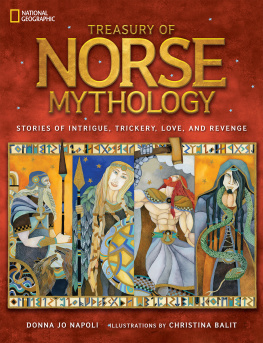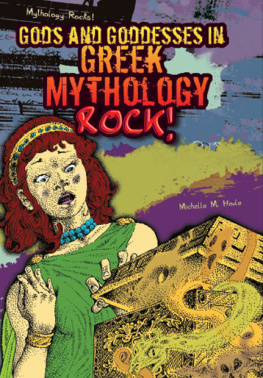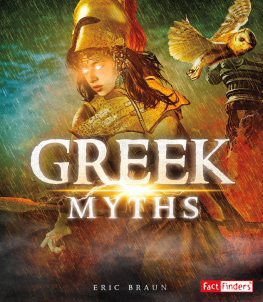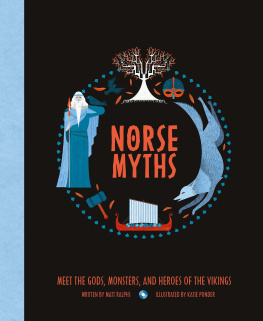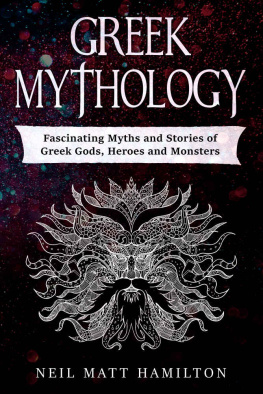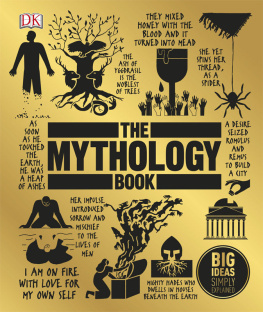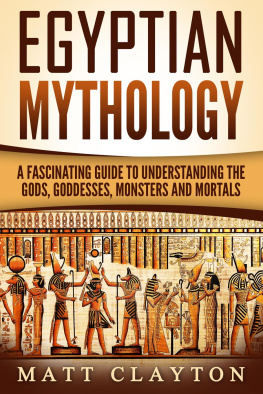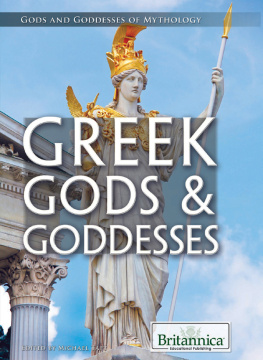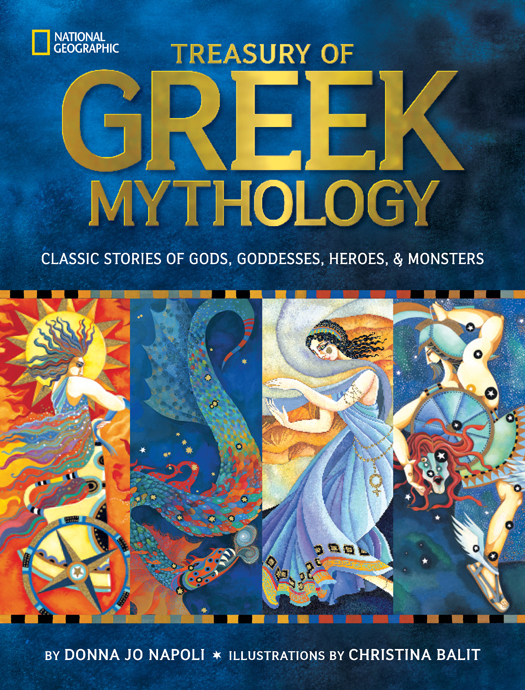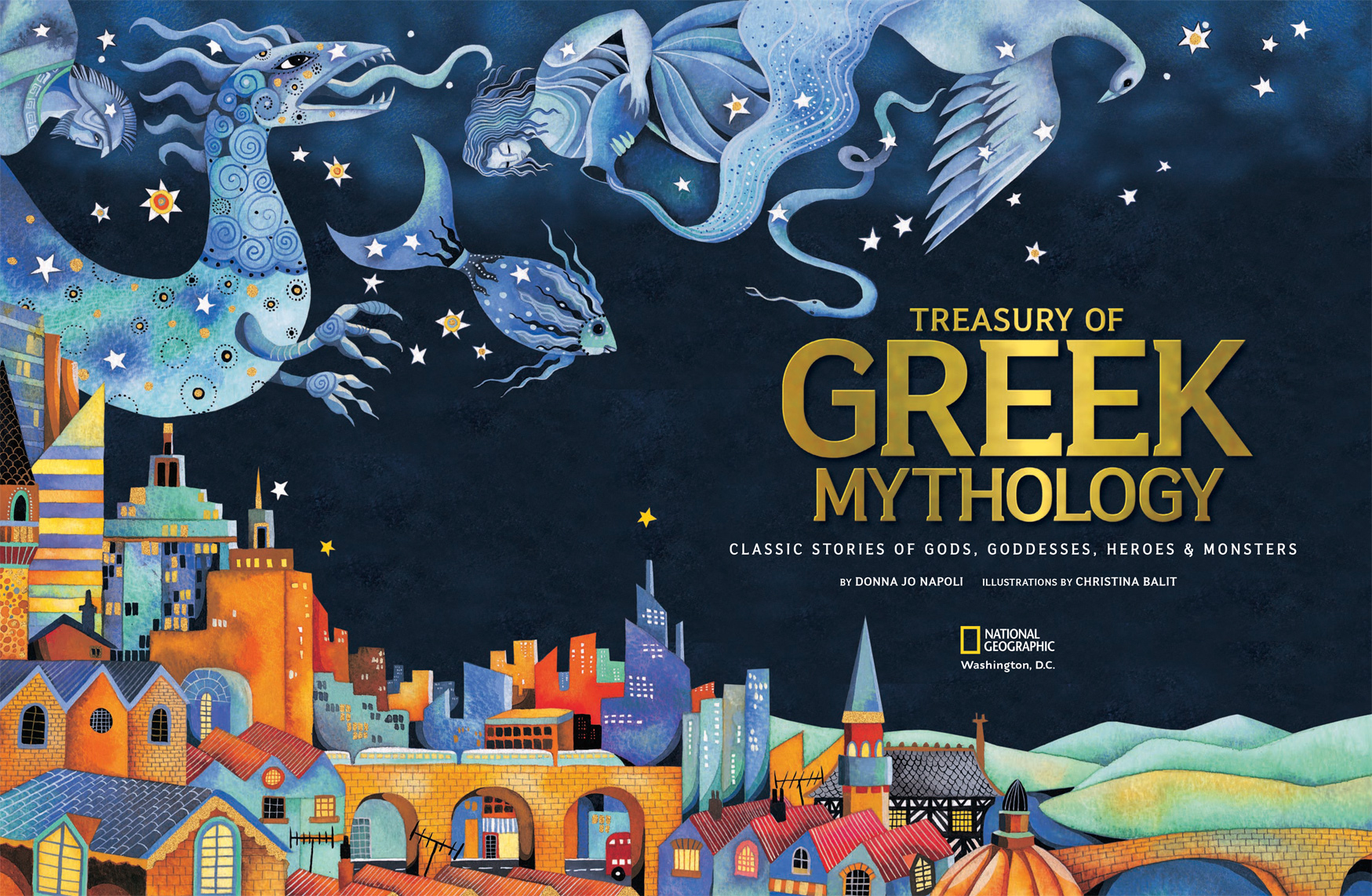Published by the National Geographic Society
John M. Fahey, Jr., Chairman of the Board and Chief Executive Officer
Timothy T. Kelly, President
Declan Moore, Executive Vice President; President, Publishing
Melina Gerosa Bellows, Executive Vice President; Chief Creative Officer ,
Books, Kids, and Family
Prepared by the Book Division
Nancy Laties Feresten, Senior Vice President, Editor in Chief, Childrens Books
Jonathan Halling, Design Director, Books and Childrens Publishing
Jay Sumner, Director of Photography, Childrens Publishing
Jennifer Emmett, Editorial Director, Childrens Books
Carl Mehler, Director of Maps
R. Gary Colbert, Production Director
Jennifer A. Thornton, Managing Editor
Staff for This Book
Priyanka Lamichhane, Project Editor
David M. Seager, Art Director/Designer
Lori Epstein, Senior Illustrations Editor
Kate Olesin, Editorial Assistant
Kathryn Robbins, Design Production Assistant
Hillary Moloney, Illustrations Assistant
Grace Hill, Associate Managing Editor
Gregory Ugiansky, Map Research and Production
Joan Gossett, Production Editor
Lewis R. Bassford, Production Manager
Susan Borke, Legal and Business Affairs
Manufacturing and Quality Management
Christopher A. Liedel, Chief Financial Officer
Phillip L. Schlosser, Senior Vice President
Chris Brown, Technical Director
Nicole Elliott, Manager
Rachel Faulise, Manager
Robert L. Barr, Manager

The National Geographic Society is one of the worlds largest nonprofit scientific and educational organizations. Founded in 1888 to increase and diffuse geographic knowledge, the Society works to inspire people to care about the planet. National Geographic reflects the world through its magazines, television programs, films, music and radio, books, DVDs, maps, exhibitions, live events, school publishing programs, interactive media and merchandise. National Geographic magazine, the Societys official journal, published in English and 33 local-language editions, is read by more than 38 million people each month. The National Geographic Channel reaches 320 million households in 34 languages in 166 countries. National Geographic Digital Media receives more than 15 million visitors a month. National Geographic has funded more than 9,400 scientific research, conservation and exploration projects and supports an education program promoting geography literacy. For more information, visit nationalgeographic.com.
For more information, please call 1-800-NGS LINE (647-5463) or write to the following address:
National Geographic Society
1145 17th Street N.W.
Washington, D.C. 20036-4688 U.S.A
Visit us online at www.nationalgeographic.com/books
For librarians and teachers: www.ngchildrensbooks.org
More for kids from National Geographic: kids.nationalgeographic.com
For information about special discounts for bulk purchases, please contact National Geographic Books Special Sales:
For rights or permissions inquiries, please contact National Geographic Books Subsidiary Rights:
Text copyright 2011 Donna Jo Napoli
Illustrations copyright 2011 Christina Balit
Compilation copyright 2011 National Geographic Society
National Geographic Society would like to thank Rosaria Munson, professor of classics at Swarthmore College, for her thoughtful review throughout the process of creating this book. In addition, the Society would like to thank Deborah Roberts, professor of classics and comparative literature at Haverford College, for her generous assistance with resources for this title. The publisher gratefully acknowledges Frances Lincoln, Ltd., for their kindness in licensing several previously published pieces of artwork by Christina Balit.
eBook ISBN: 978-1-4263-1191-8
Hardcover ISBN: 978-1-4263-0844-4
Hardcover Library Binding ISBN: 978-1-4263-0845-1
Library of Congress Cataloging-in-Publication Data
Napoli, Donna Jo, 1948
Treasury of Greek mythology : classic stories of gods, goddesses, heroes & monsters / by Donna Jo Napoli; illustrated by Christina Balit.
p. cm.
Includes bibliographical references and index.
ISBN 978-1-4263-0844-4 (hardcover : alk. paper) ISBN 978-1-4263-0845-1 (library binding : alk. paper)
1. Mythology, GreekJuvenile literature. I. Balit, Christina. II. Title.
BL783.N365 2011
398.20938dc23
2011024327
Photo Credits
All artwork by Christina Balit unless otherwise noted below:
, Mimmo
Jodice/ Corbis
v3.1
To the spirit of Margaret Reynolds and all classics teachers everywhereDJN
For the newest member of the gangEthan CroucherCB
GAIA
Mother Earth
URANUS
Father Heaven
CRONUS
Titan King
ZEUS
King of the Gods
HESTIA
Goddess of the Hearth
POSEIDON
God of the Seas
ATHENA
Goddess of Wisdom
HADES
God of the Underworld
DEMETER
Goddess of the Harvest
APOLLO
God of Music
ARTEMIS
Goddess of the Hunt
HERA
Goddess of Marriage
HEPHAESTUS
God of Metalworking
APHRODITE
Goddess of Love & Beauty
HERMES
Messenger of the Gods
ARES
God of War
HELIOS
Sun God
SELENE
Goddess of the Moon
DIONYSUS
God of Wine
PERSEUS
The Ill-Fated Hero
ORION
The Hunter
HERACLES
The Hero Who Became Immortal
JASON
Wanderer of the Seas
THESEUS
The King of Athens
HELEN
The Lethal Beauty
S ome things about daily life can be counted on. The sun rises, crosses the sky, sets. Stars come out at night. Rivers flow toward the sea. The air and land and waters burst with life. These life-forms feed one another: Plants are eaten by animals, which are eaten by other animals. But there are also interruptions: volcanoes, earthquakes, tsunamis, storms. Life on Earth is complex.
From our earliest records of human activity, we can conclude that people recognized this complexity and wanted to explain it. So far as we know, humans are the only creatures who entertain a wide variety of questions about the nature of existence. The questions that people from different societies raise are often quite similar, but the answers they give and the relative importance they assign to these answers can be significantly different. And those answers define the human values of our societies. They are at once based on intellect, experience, and emotion. And from them, we draw our ethics, our rituals, and our storytelling.
In this book we find answers offered by the ancient Greeks to many of the questions humans long to understand. But we also find gods, goddesses, heroes, and monsters who love and hate and grow jealous and get duped; they are blessed and cursed with all the emotions that enrich and plague ordinary humans. In reading the myths, we begin to understand that the ancient Greeks must have wanted more than just the big answers from their gods. They must have also wanted their gods to be a reflection that could help them understand themselves.


